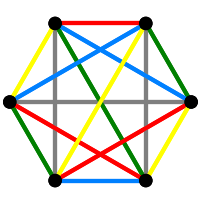Section8.2Fractions and Series
Many generating series can be expressed as rational functions, and such expressions provide useful information. We illustrate this. First we create a ring of polynomials, and the corresponding field of fractions. (We will not need the latter, as it happens.)
Now we can work with our series \(L(t)\) from the previous section.
Note that t is the generator of Rt, which is \(\rats[[t]]\). So we have used subs() to convert a rational function to a power series.
We can also compute partial fraction decompositions. For these to be useful the zeros of the denominator should belong to the field we are working over.
